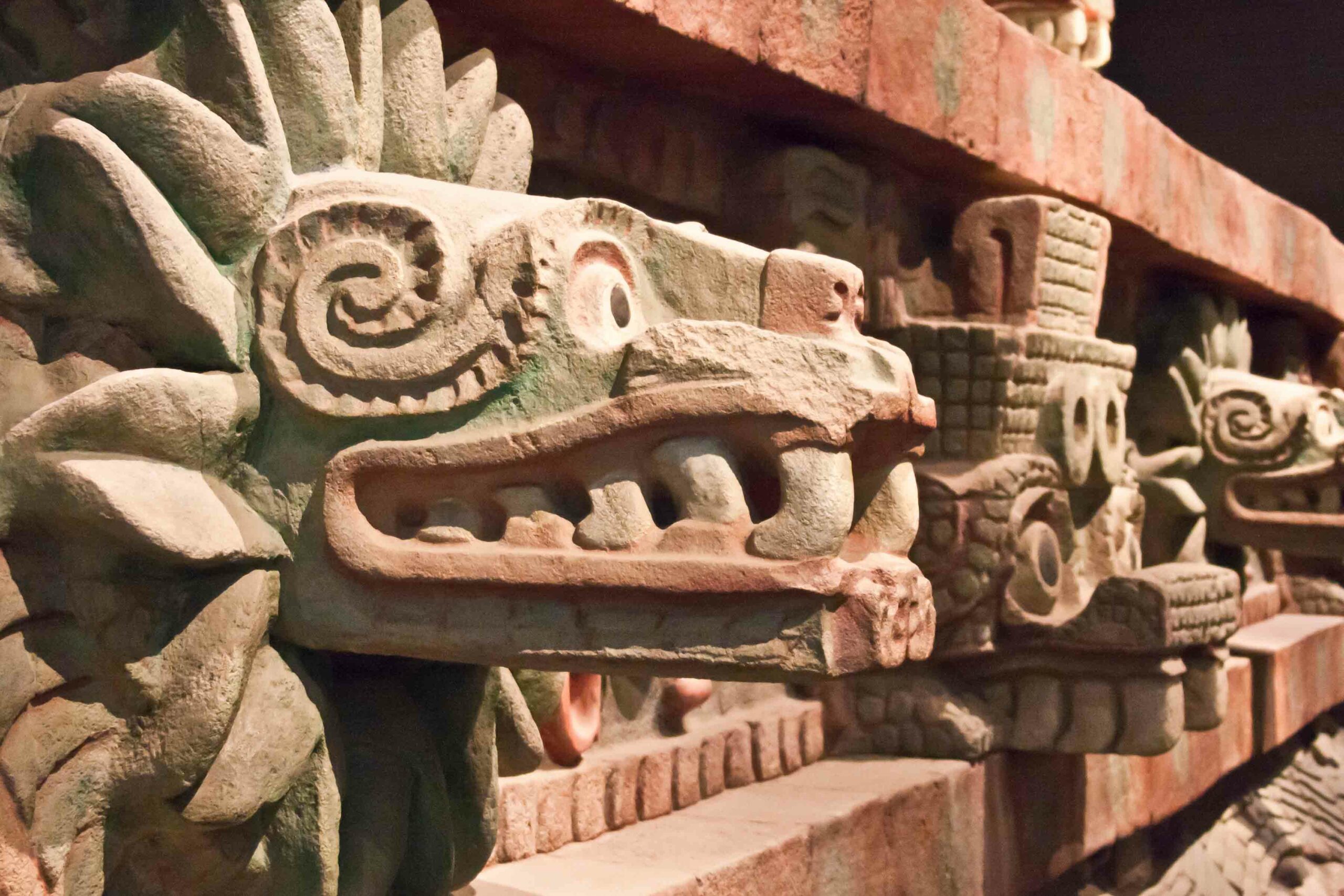Latest News
-
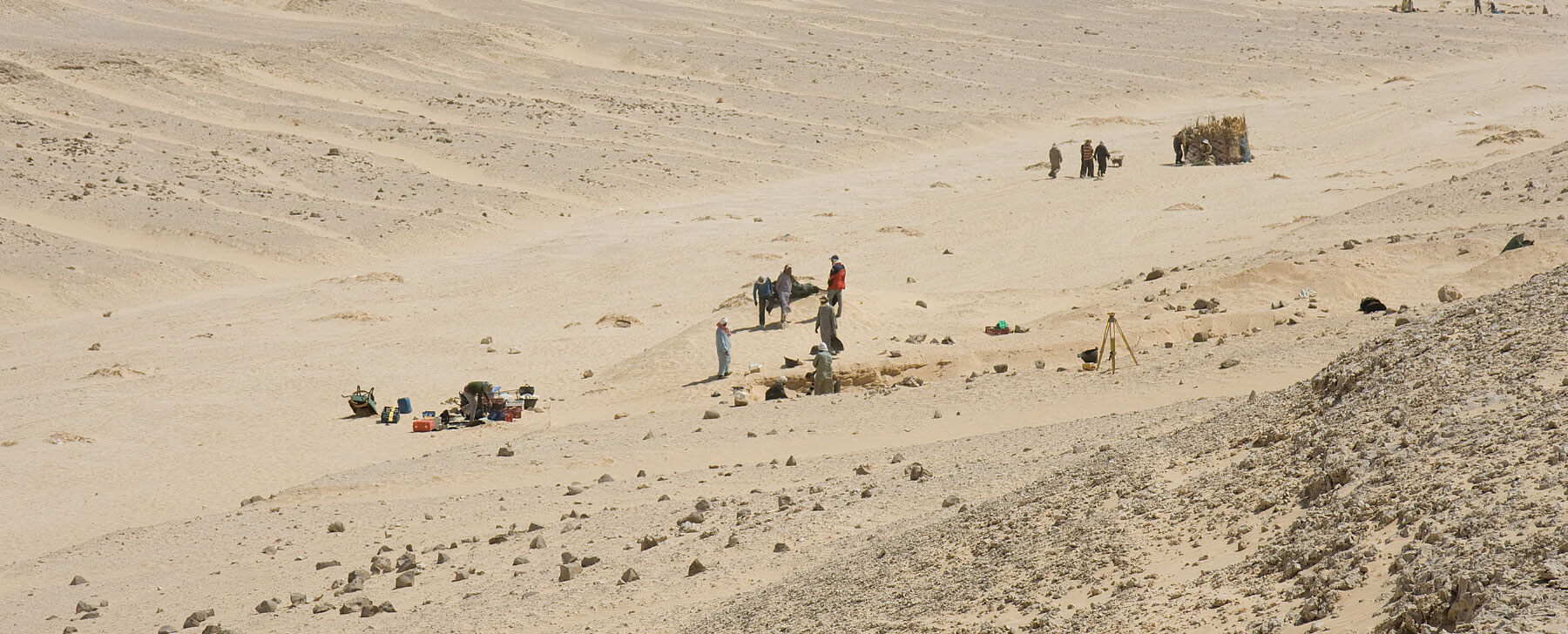 Courtesy Gwil Owen and the Amarna Project
Courtesy Gwil Owen and the Amarna Project -
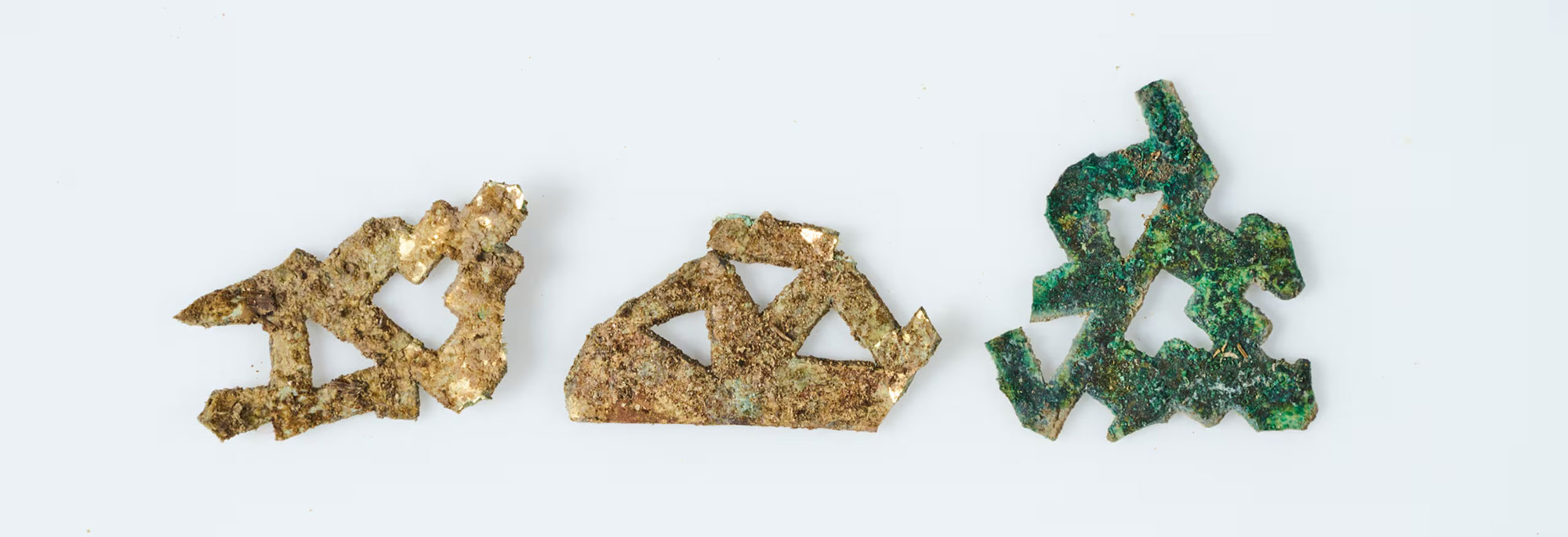 Korea Heritage Service
Korea Heritage Service -
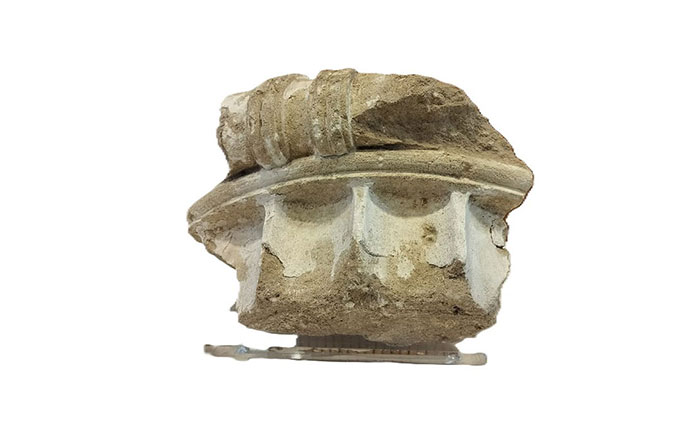 Greek Ministry of Culture and Sports
Greek Ministry of Culture and Sports -
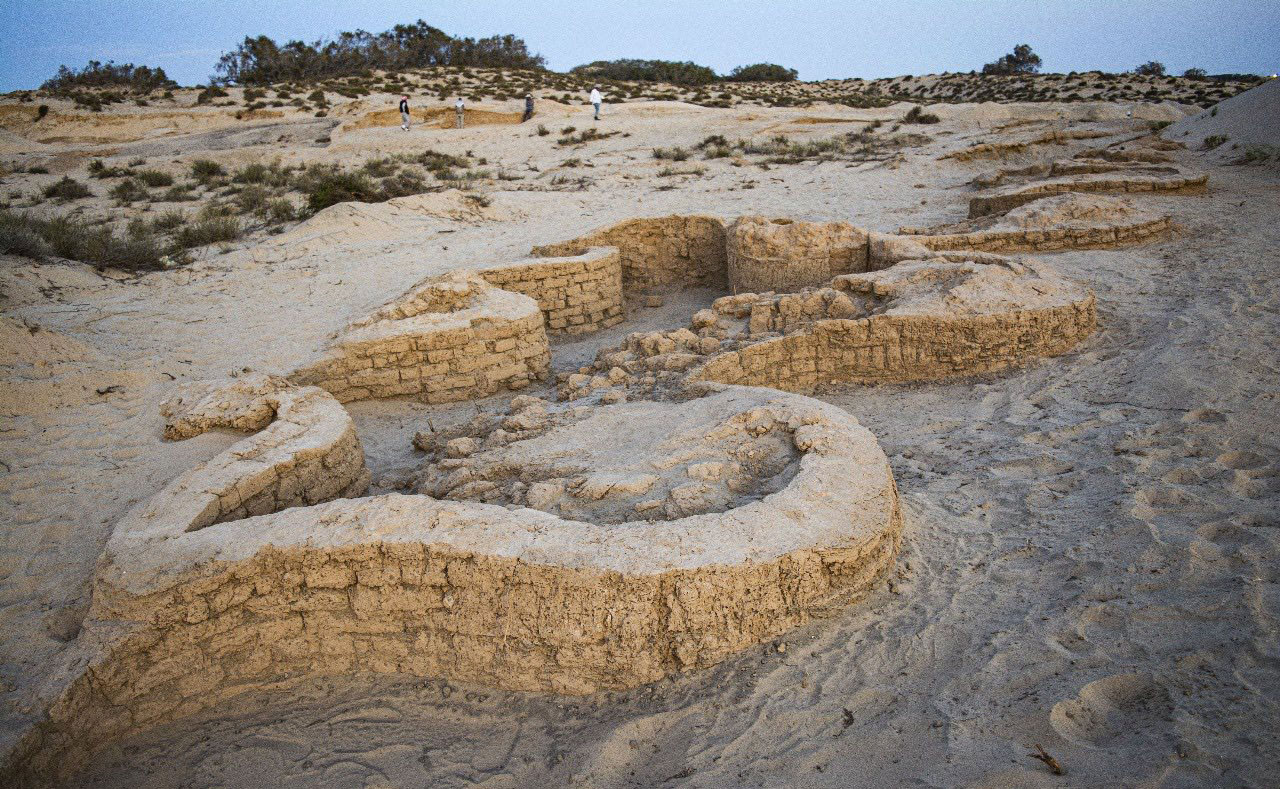 Egyptian Ministry of Tourism and Antiquities
Egyptian Ministry of Tourism and Antiquities
-
News October 23, 2025
Inscriptions and Massive Walls Revealed in Ancient Anatolian City
Read Article
-
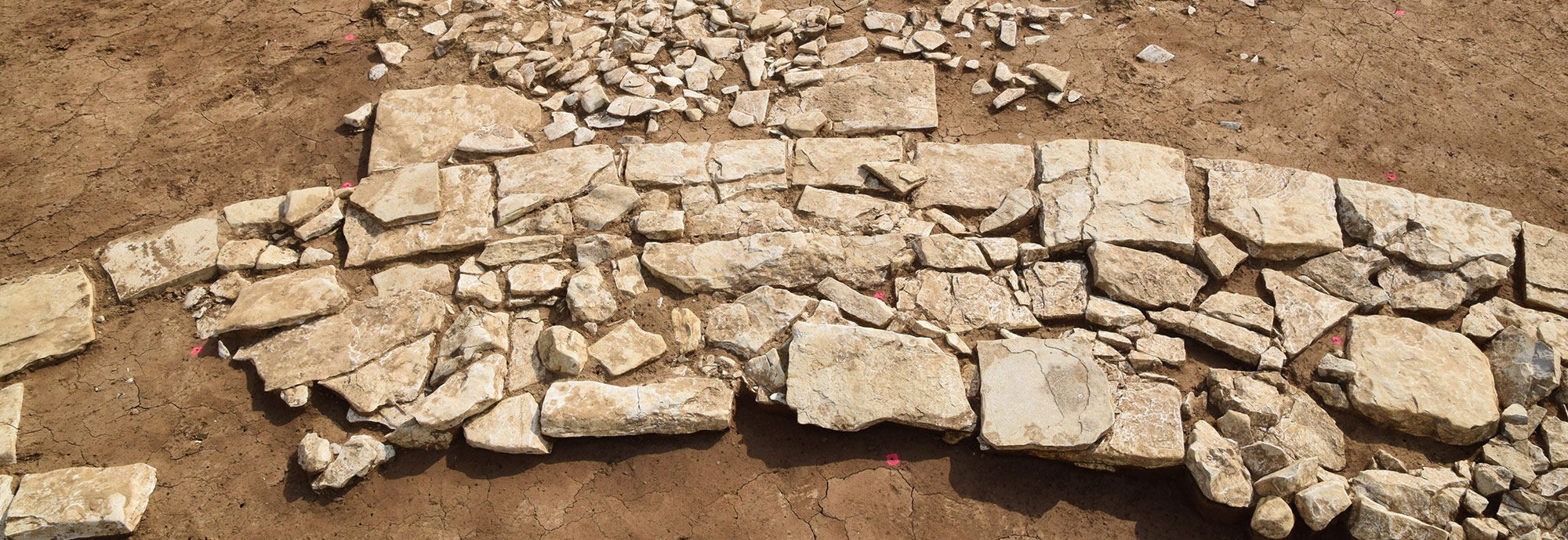 © Archäologiebüro Dr. Woidich GmbH
© Archäologiebüro Dr. Woidich GmbH
-
News October 21, 2025
Scientists Analyze Ancient Skeletons Recovered from Croatian Well
Read Article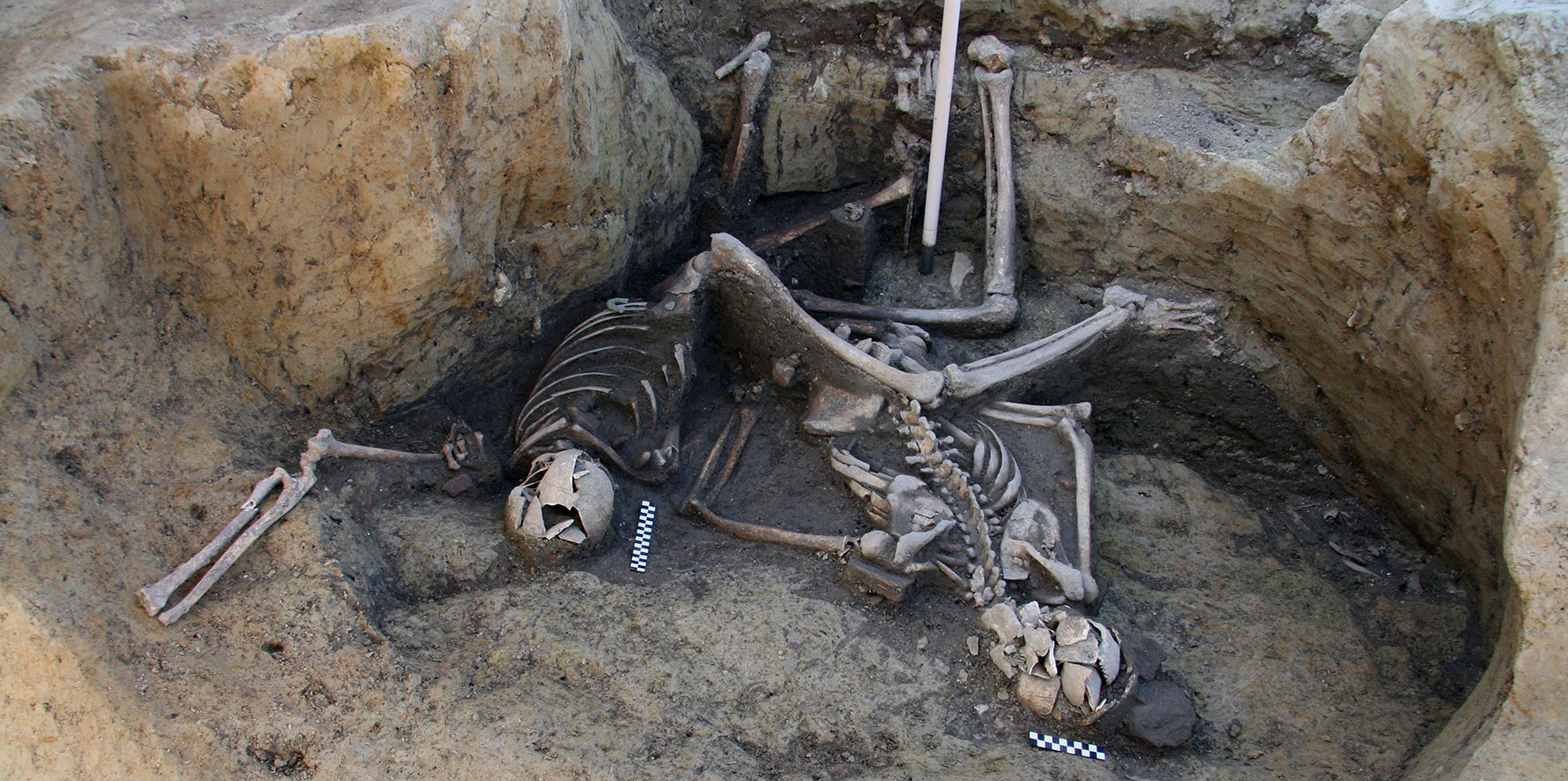 Mario Novak et al., PLOS One
Mario Novak et al., PLOS One -

-
 Katarzyna Alagierska
Katarzyna Alagierska -
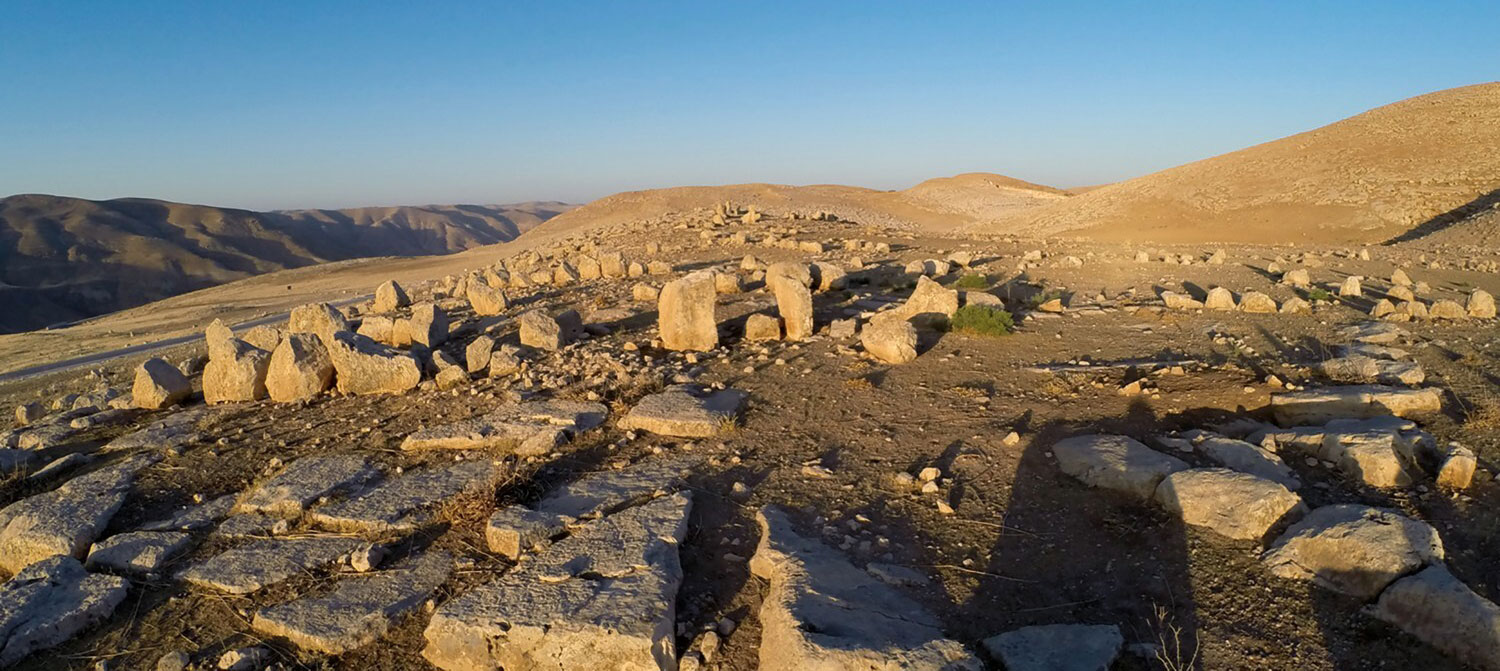 The Ritual Landscapes of Murayghat Project, Susanne Kerner
The Ritual Landscapes of Murayghat Project, Susanne Kerner -
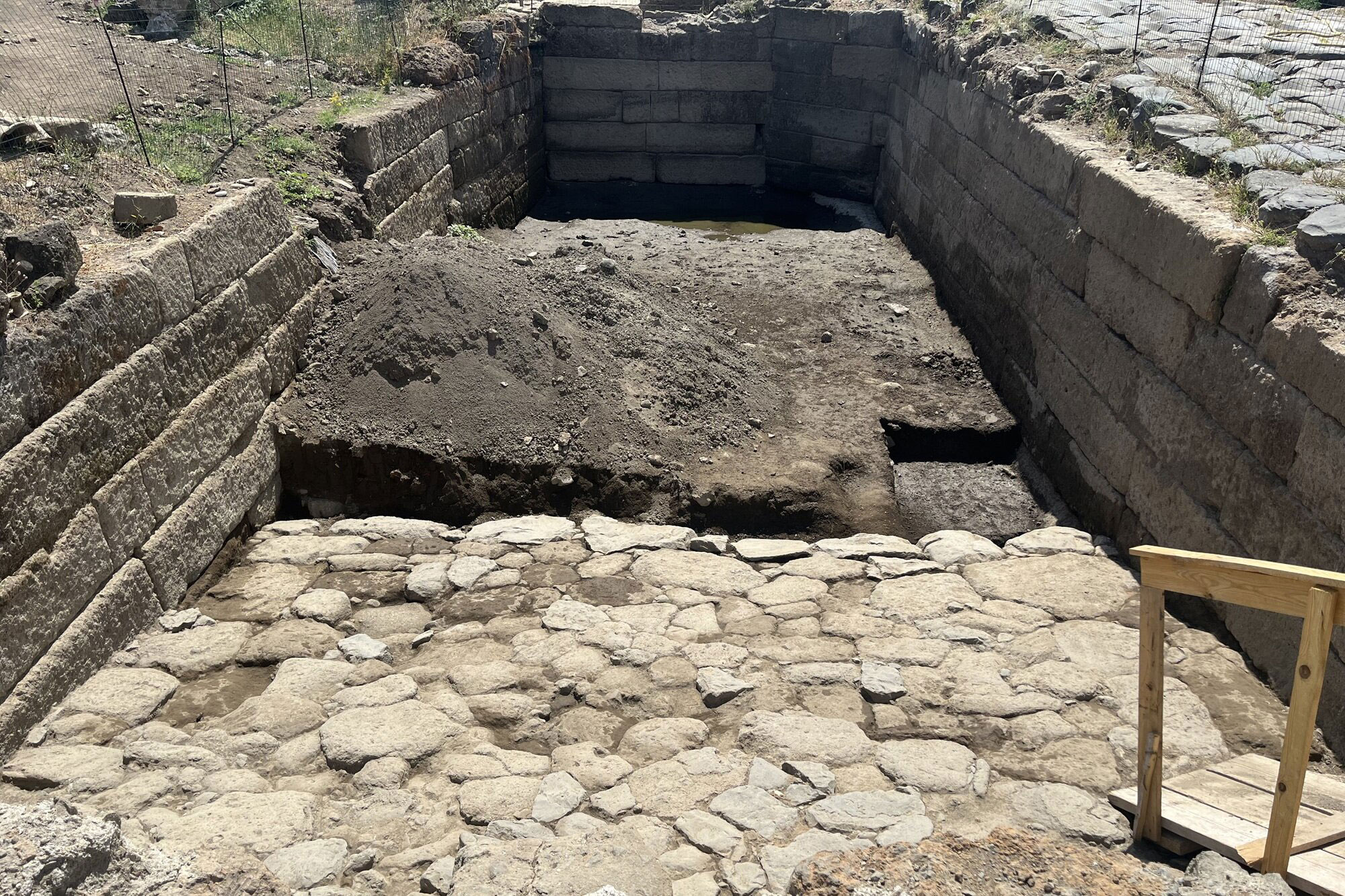 Marcello Mogetta
Marcello Mogetta -

-
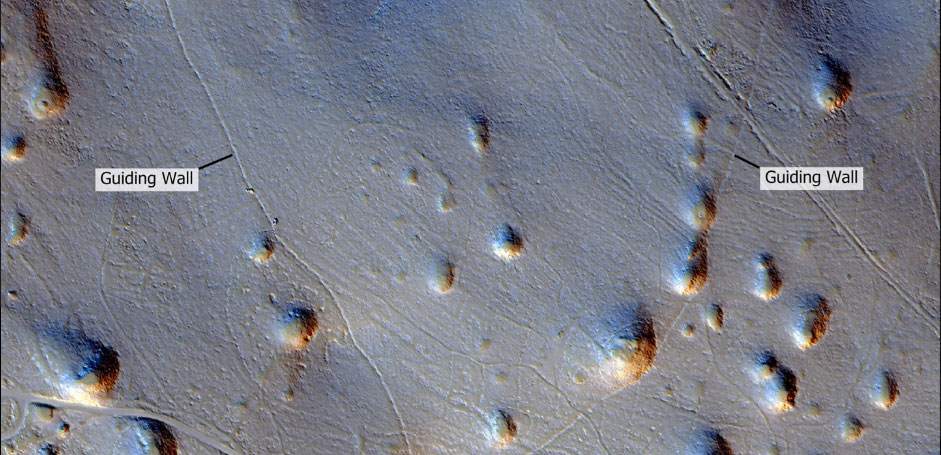 Dimitrij Mlekuž Vrhovnik
Dimitrij Mlekuž Vrhovnik -
 Adrian Chlebowski / CAŚ UW
Adrian Chlebowski / CAŚ UW -

-
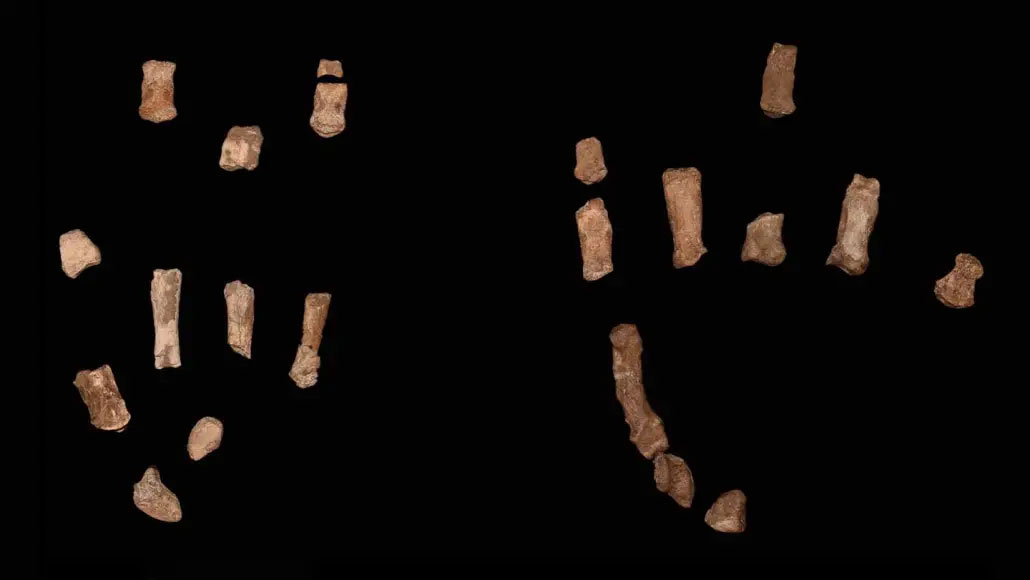 Carrie Mongle
Carrie Mongle -
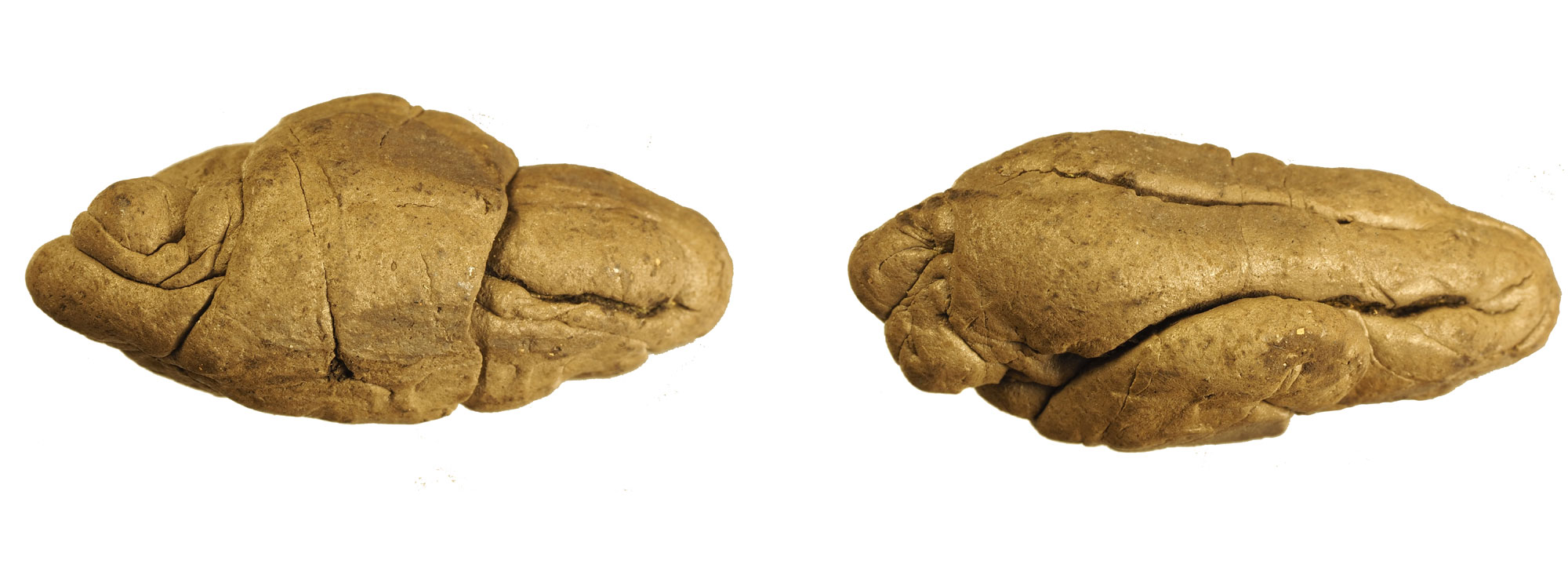 Theis Jensen
Theis Jensen -
 Courtesy Adrián Oyaneder
Courtesy Adrián Oyaneder -

-
 National Research Institute of Cultural Heritage, Buyeo
National Research Institute of Cultural Heritage, Buyeo
Loading...


